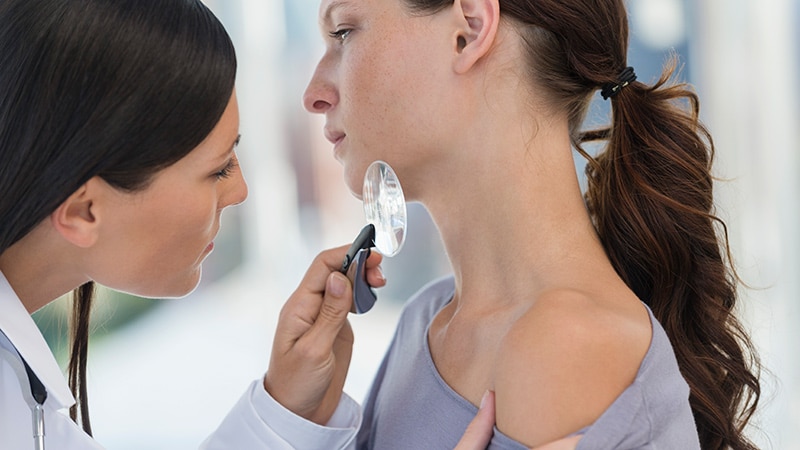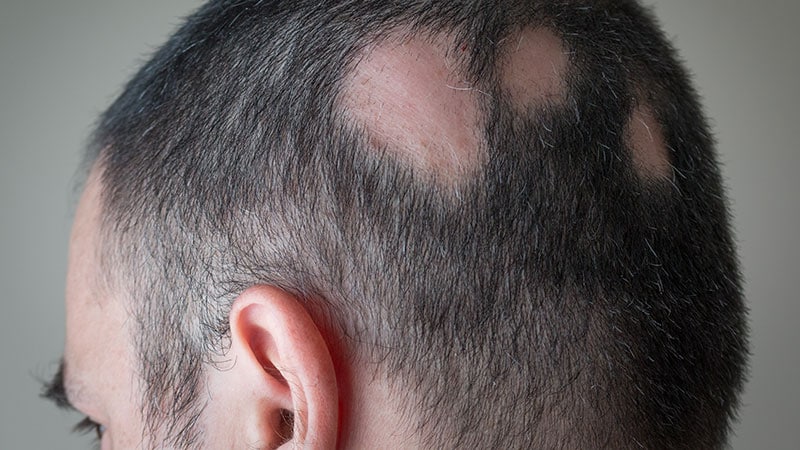Takeaway
- Odds of adolescent acne are inversely related to BMI in a dose-dependent manner, according to a population study from Israel.
Why this matters
- The link between BMI and acne is unclear and controversial.
Key results
- 18.7% of boys and 16.3% of girls were diagnosed with acne.
- Odds of acne diagnosis were inversely associated with BMI (in kg/m2) in multivariate analysis (reference, low-normal group:18.5≤BMI≤21.99):
- BMI, >35: aOR, 0.53 (95% CI, 0.42-0.64) for boys; aOR, 0.50 (95% CI, 0.37-0.62) for girls.
- BMI, 32.5-35: aOR, 0.53 (95% CI, 0.42-0.65) for boys; aOR, 0.63 (95% CI, 0.50-0.76) for girls.
- BMI, 30-32.5: aOR, 0.65 (95% CI, 0.58-0.71) for boys; aOR, 0.62 (95% CI, 0.54-0.70) for girls.
- BMI, 27.5-30: aOR, 0.76 (95% CI, 0.70-0.82) for boys; aOR, 0.75 (95% CI, 0.68-0.82) for girls.
- BMI, 25-27.5: aOR, 0.77 (95% CI, 0.74-0.81) for boys; aOR, 0.88 (95% CI, 0.84-0.92) for girls.
- BMI, 22-25: aOR, 0.92 (95% CI, 0.89-0.94) for boys; aOR, 0.97 (95% CI, 0.95-1.00) for girls.
- For each 1-unit increase in BMI above 18.5 kg/m2, the odds of acne diagnosis decreased by 3.2% in boys and 2.6% in girls.
Study design
- 600,004 subjects with BMI measured at age 17 years, analyzed for acne diagnosis.
- Funding: None.
Limitations
- Acne severity not captured.
References
References


